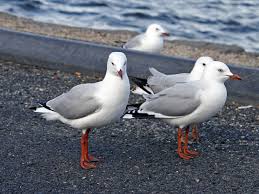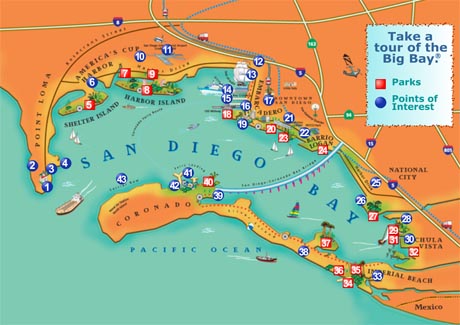1. How does light and nutrients affect productivity in the oceans?
- Light penetrates only into the uppermost level of the oceans. In high near coastlines and other areas where upwelling brings nutrients to surface, promoting plankton blooms.
2. What factors affect the ability of an ecosystem to support multiple trophic levels?
- The amount of energy entering the ecosystem, energy loss between trophic levels, and the form, structure, and physiology of organism at each level.
3. Describe the process bioaccumulation, and describe the DDT example.
- Bioaccumulation is the loss of energy between tropic levels is that contaminants collect in animal tissue.
- DDT built up in eagle and other raptors to levels high enough to affect their reproduction, causing the birds to lay thin- shelled eggs that broke in their nests.













